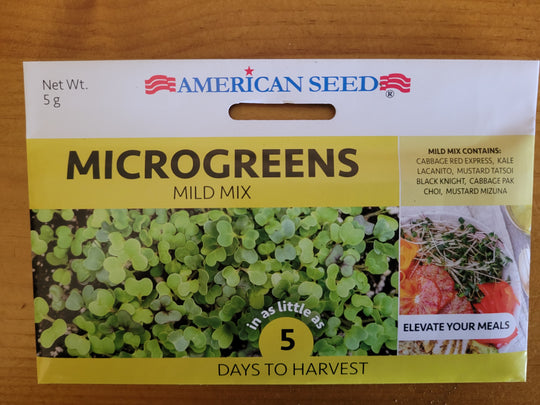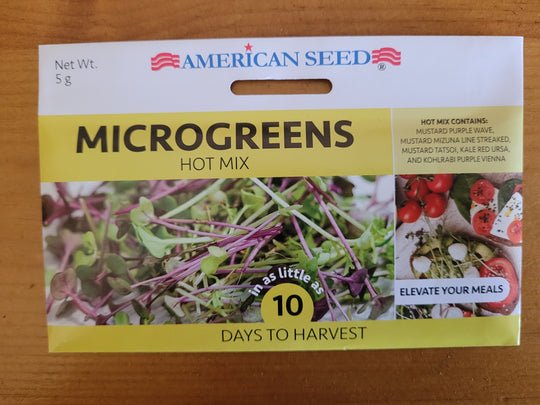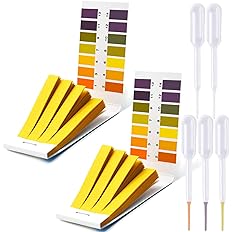- Joined
- Jan 9, 2011
- Messages
- 1,352
- Reaction score
- 310
I'm just beginning to explore microgreens, and have only scratched the surface in terms of understanding how to grow and enjoy them. My understanding is that, yes, they are very immature vegetable plants, only grown to between 1" and 3" tall, then harvested with scissors.How does that work? are they like miniature versions of the main greens types?
For me, the intent would be to produce only a small amount, as a dietary supplement in nutritionally dense, tasty form. I have read that the vitamins, minerals and polyphenols in microgreens are 4 to 40 times (quite a range, huh) more than what's in mature plants of the same species. Plus--I think it will be a fun, portable (on a small scale), relatively inexpensive diversion.
(I enjoy sprouts, but they require a lot of water to rinse at least daily and are a little harder to manage when traveling than I like. A van friend of mine from long ago used to grow hers in a small burlap bag. I use an Easy Sprouter.)
Apparently, many plants can be grown as microgreens, with some being easier than others. It looks like it is important to use "untreated" or "microgreen" seeds, though, because some of the antifungal and systemic insecticides that may break down by the time a plant reaches full maturity will still be fairly concentrated in these little guys. (Personally, I will use organic, non-GMO seeds.)
For growing medium, I am starting with potting soil for seedlings (finer than standard potting soil). Some use various fiber growing mats; others hydroponic systems. Only about 1" of soil is needed.
So... The theory is seeds are densely spread on the soil, kept in the dark (some add a little pressure on top) for a few days until they sprout, then watered lightly each day and given a minimum of 2 hours of light (grow light or filtered natural light). Somewhere between 7 and 21 days later, they are ready to cut and eat.
I planted my first batch day before yesterday in a 6" x 3" x 3" container and banished them to a drawer. We'll see what happens!
Last edited:
































































